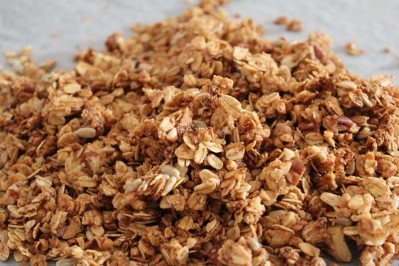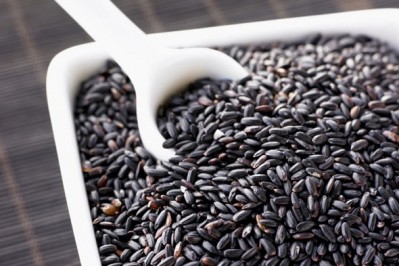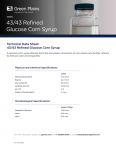Breakfast cereal ingredients will hit $755.4m by 2019

The global market for wheat, rice, oat, corn and barley cereal ingredients will more than double in size to hit $755.4m by 2019, growing at a compound annual growth rate (CAGR) of 2%, according to the Cereal Ingredients Market by Type, Application & Geography – Global Trends & Forecast to 2019 report.
In 2013, North America was the largest market for breakfast cereal ingredients, followed by Asia Pacific and Europe.
Asia Pacific represented the fastest growing market, followed by Europe and then North America.
“There is an increasing trend towards the consumption of processed food products in developing countries, which further signifies the increasing use of breakfast cereal ingredients. Health issues with regards to food habits have changed. People are opting for nutritive food items. Hence, the consumption of breakfast cereals has increased in the market,” the research firm said in its report.
It said the market was driven by changing consumer trends and food preferences.
‘Healthy’ cereals replacing white bread and meat-based dishes
MarketsandMarkets said consumers across the globe considered breakfast cereal as a “healthier alternative to the traditional breakfast items such as white bread, high-calorie spreads, or meat-based dishes”.
It said the market was characterized by a growing demand for ready-to-eat breakfast cereals. “Due to increasing health issues of highly processed food products, the need for the consumption of cereals is important.”
In 2013, rice held the lion’s share of cereal ingredients, followed by wheat, corn, barley and then oat.
Do consumers have time for breakfast?
However, recent research indicated that consumers in North America have little time for breakfast and were more likely to just skip the meal altogether.
Packaged Facts analyst Tom Pastre suggested that the on-the-go trend could benefit the packaged breakfast baked goods segment instead of traditional cereals – a segment that was struggling in the US.
Similarly, a Kellogg-sponsored study found that urban consumers in India also had little time for breakfasts, particularly healthier ones. Only 3% of Indian consumers regarded breakfast as an essential meal and nearly three-quarters did not eat an adequate breakfast each day, with one in four skipping the meal completely. A majority (91%) said they preferred home cooked breakfasts.
Despite this, Mintel research has indicated that India would see a boom in breakfast cereals over the coming years because of a shift from non-packaged foods to packaged.
“Cereals epitomize the growth potential there is in India with the shift to packaged goods. Packaged breakfast cereals is a really interesting sector in India because it’s not only replacing non-packaged items but also cooked, traditional breakfasts,” said Peter Ayton, global consumer analyst at Mintel.
Canadean research also indicated a boom in Mexico’s cereal market, driven by US influence and obesity concerns and steady growth in Japan’s market due to an ageing population placing importance on health.

















